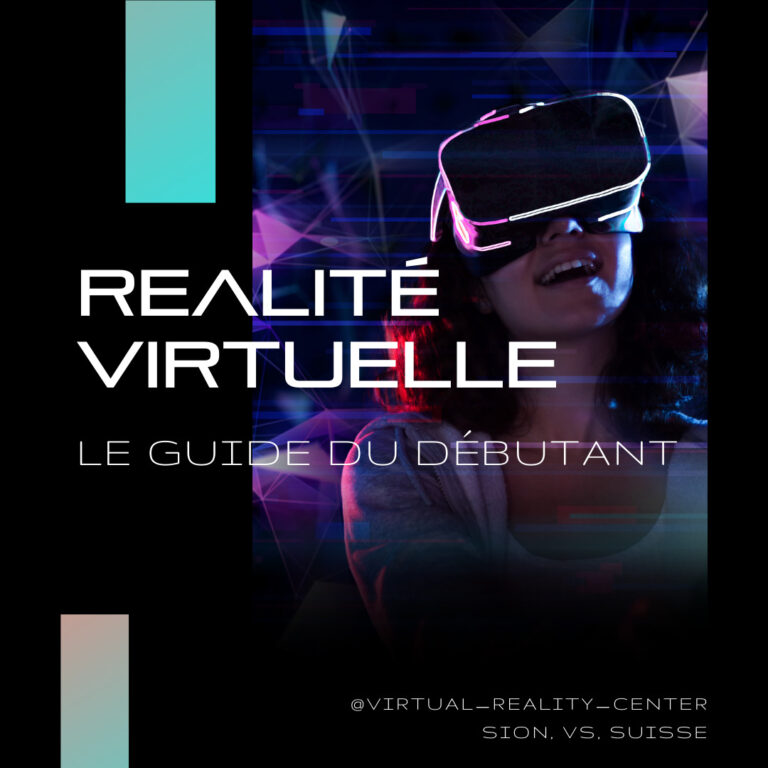
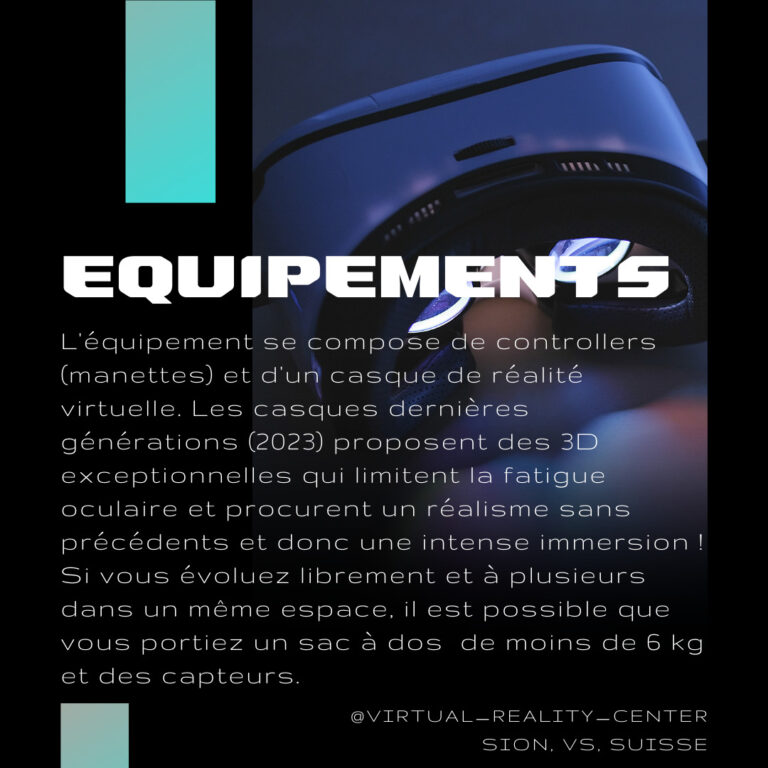
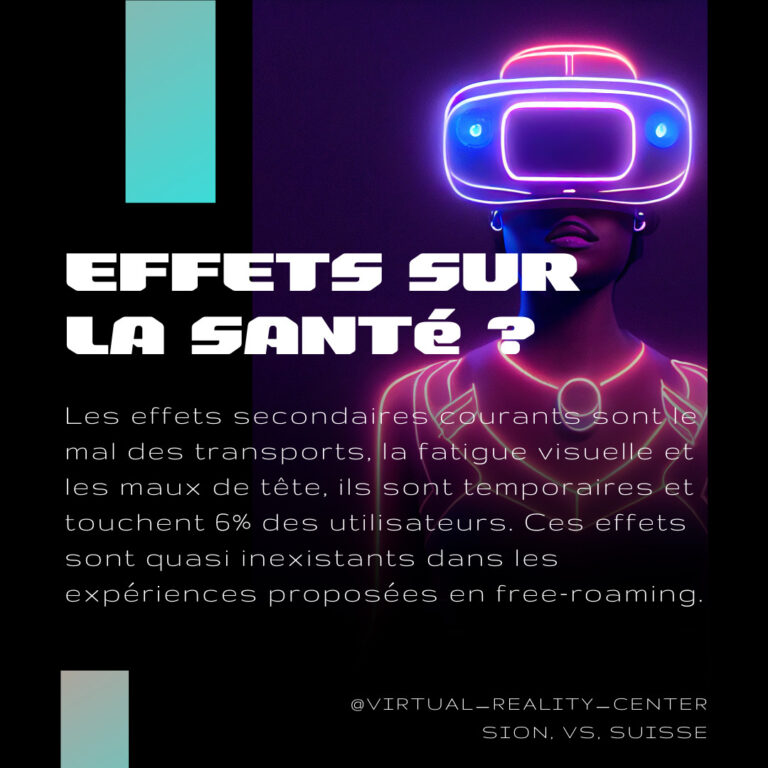
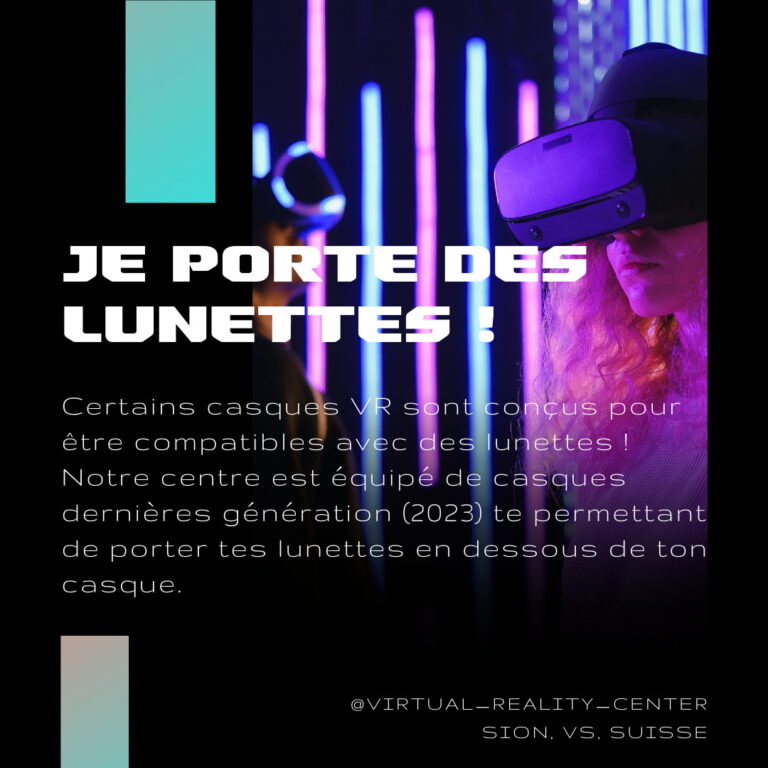
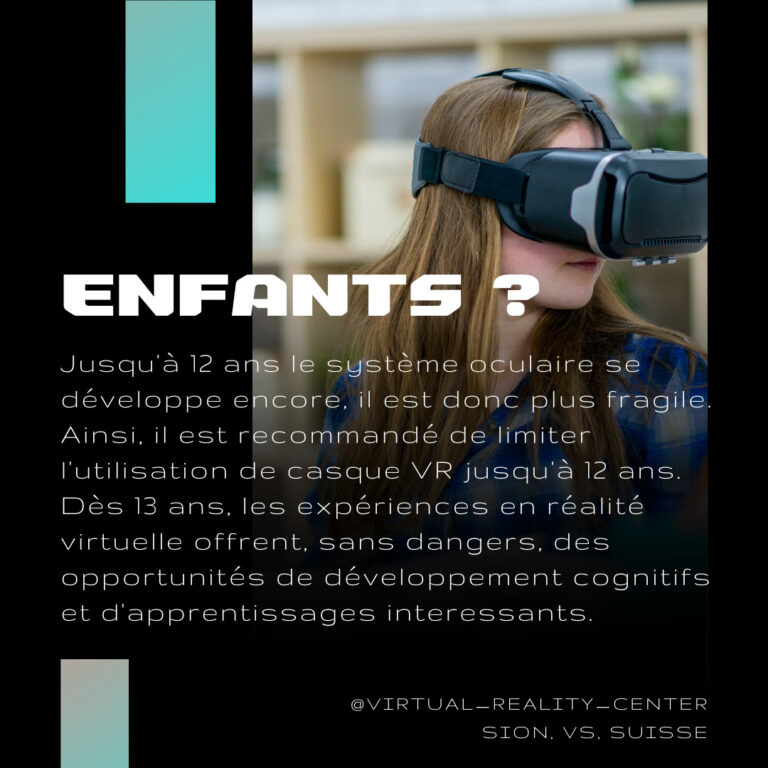
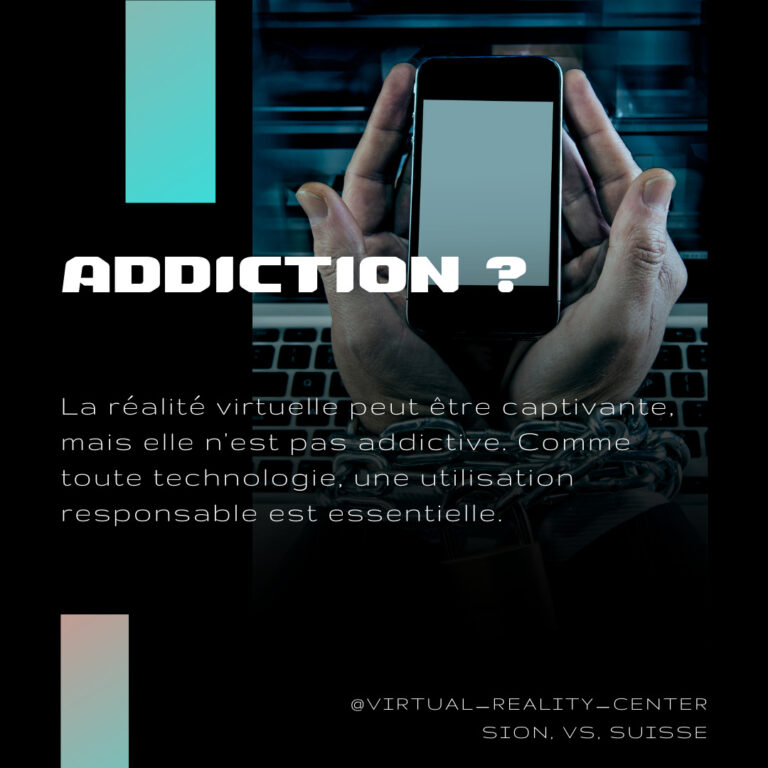
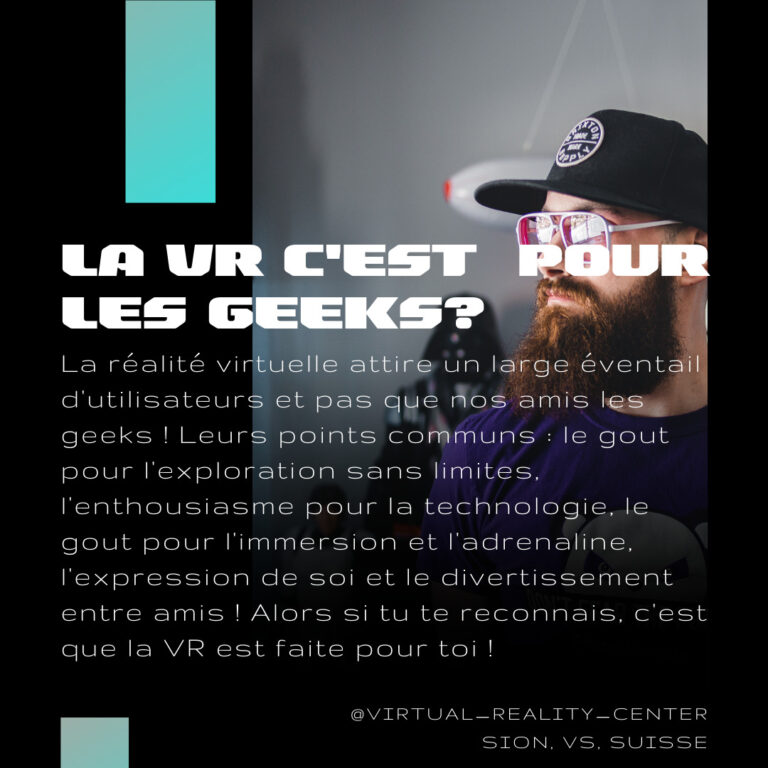
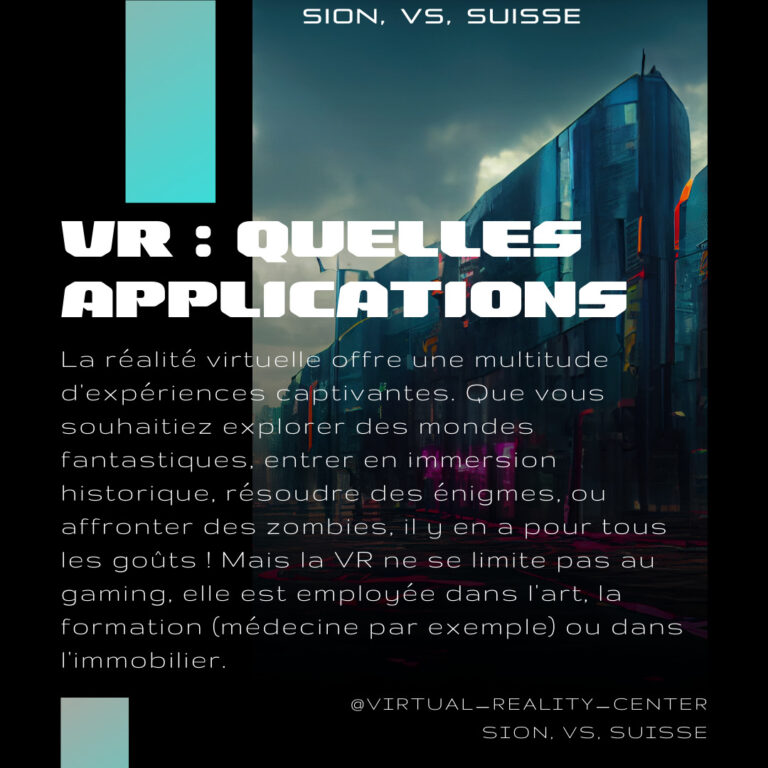
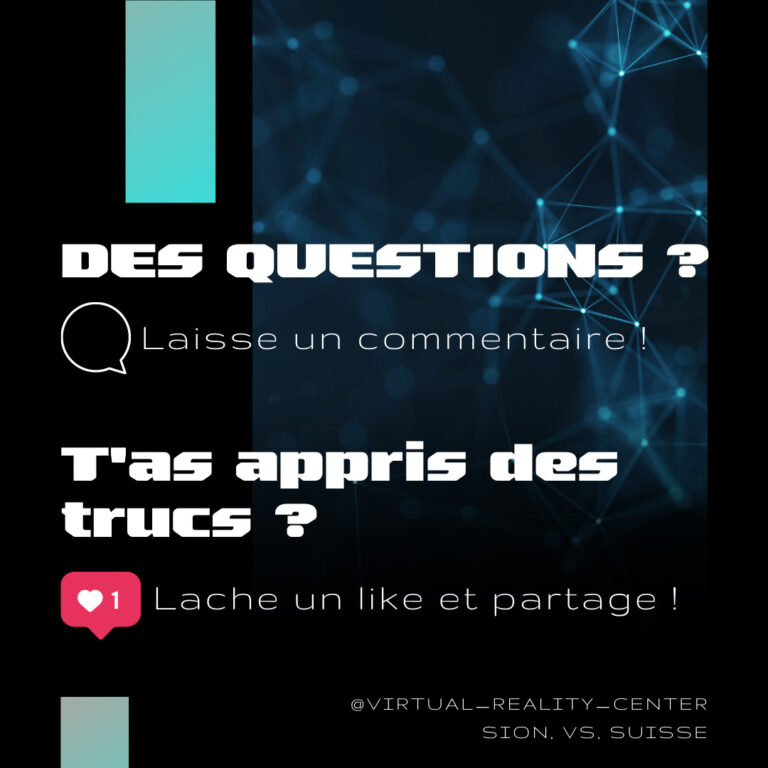
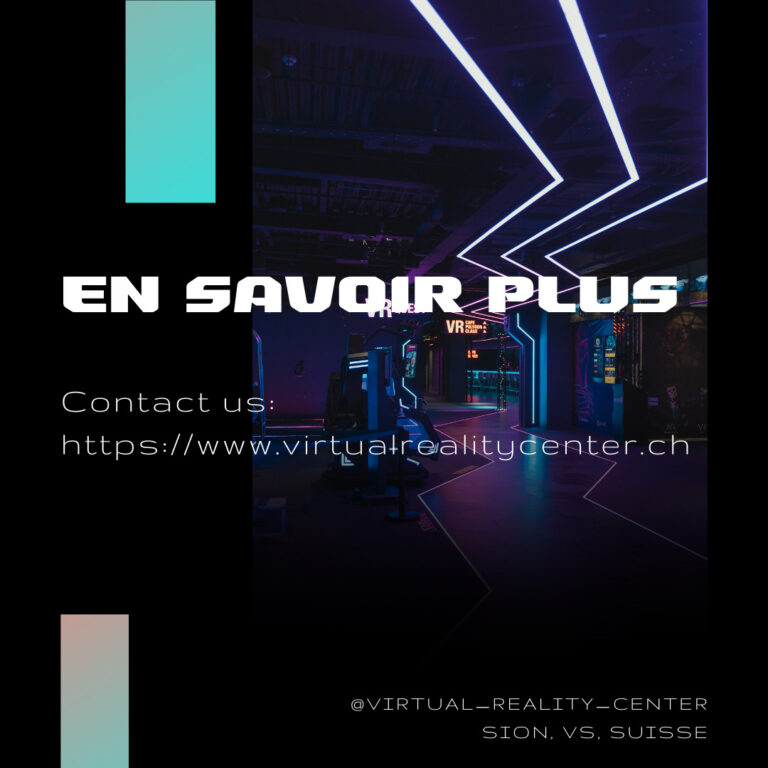
Virtual reality and education in Switzerland: A vital alliance
When we talk about virtual reality and its impact on education in Switzerland, there's no denying that we're witnessing an educational revolution. Virtual reality (VR) technology has opened up exciting new perspectives in learning and training. In this article, we will explore in detail how virtual reality is transforming education in Switzerland, offering learners and teachers an unprecedented immersive experience.
Virtual Reality: what is it?
Before going into the details of how virtual reality is revolutionising education in Switzerland, it is essential to understand what virtual reality really is. Virtual reality is a technology that allows people to immerse themselves in three-dimensional digital environments through the use of specially designed headsets. These headsets, equipped with sensors and high-resolution screens, create a total illusion of immersion in a virtual world.
The Evolution of Education through Virtual Reality
Enriching learning
One of the most significant benefits of using virtual reality in Swiss education is the enrichment of the learning experience. Students are no longer limited to textbooks and blackboards. Instead, they can delve deep into complex and abstract subjects. For example, when studying history, students can virtually visit world-famous historic sites, such as Chillon Castle or Neuschwanstein Castle, and relive historic moments.
Stimulating student commitment
Another major advantage of virtual reality is its ability to stimulate student engagement. Lessons become interactive, making learning more fun and memorable. Teachers can create practical simulations to explain complex scientific concepts or natural phenomena, making learning more accessible and engaging.
Use cases for Virtual Reality in Education
Advanced Medical Training
In Switzerland, virtual reality is increasingly being used for medical training. Medical students can practise virtual surgical procedures before working on real patients. This improves patient safety and the skills of future doctors.
Science Simulations
In the sciences, virtual reality allows students to simulate laboratory experiments without risk. Simulations in biology, chemistry and physics give students a practical understanding of scientific concepts.
The Challenges of Virtual Reality Integration
Although virtual reality offers many advantages, its integration into education is not without its challenges. The high cost of virtual reality equipment and the need to train teachers in its use are obstacles to be overcome. In addition, it is essential to ensure that the use of virtual reality does not completely replace human interaction in learning.
The Future of Education in Switzerland
As virtual reality technology continues to develop and improve, its role in Swiss education will only increase. The benefits it offers in terms of interactive and engaging learning are undeniable. Swiss schools and universities should invest in this technology to provide a high-quality education for their students.
In conclusion, virtual reality is revolutionising education in Switzerland by offering an immersive and engaging learning experience. Although challenges remain, the benefits of using virtual reality are undeniable. The future of Swiss education will be inextricably linked to this innovative technology.

